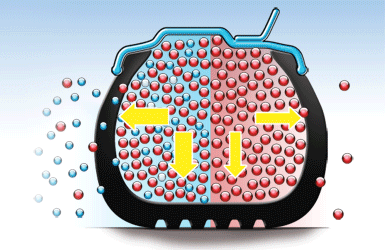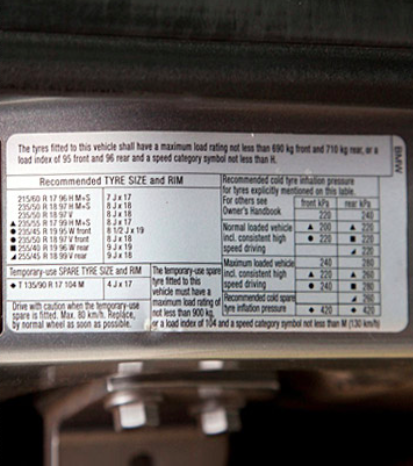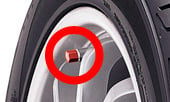

Why Put Nitrogen in Tyres?
Nitrogen tyre inflation offers several benefits for optimal tire performance. By filling tyres with nitrogen, the loss of tyre pressure occurs at a slower rate compared to air-filled tyres. This enhanced pressure stability is believed to contribute to improved fuel mileage and longer tire lifespan, as well as consistent tyre performance. Nitrogen-filled tyres help maintain optimal tyre pressure, ensuring efficient fuel consumption and reducing the risk of underinflation-related issues. While regular tyre maintenance is essential, choosing nitrogen inflation can provide added advantages for a safer, more economical, and reliable driving experience.
For some time now, Nitrogen inflation of tyres has been used in trucks, aircraft, race cars and industrial applications. JAX Tyres & Auto now offers this service to customers with passenger cars, light trucks & 4WD's.
There are major benefits with nitrogen inflation over the traditional compressed air that can significantly increase the life, performance and safety of your tyres.
JAX Tyres & Auto N27 Nitrogen Programme offers you the following benefits:
- Stable Tyre Pressure
- Better Grip
- Safer in all weather conditions
- Less frequent pressure checks
- Increased fuel economy
- Zero internal oxidisation through elimination of moisture
- Increased tyre life
Coloured Nitrogen Valve Caps:
To identify tyres filled with nitrogen our industry has adopted the use of coloured valve caps that inform the user and service personnel that your tyres are inflated with nitrogen instead of air.
Nitrogen (N2)inflated tyre
Pressure loss is caused by air migration. Nitrogen migrates 3 to 4 times slower than compressed air.

1. Stable tyre pressure
- Pressure loss is caused by air migration. Nitrogen's larger molecules migrate 3-4 times slower.
2. Better grip
- Correct inflation creates better grip with an ideal tyre footprint.
3. Safer in all weather conditions
- Tyre blowouts are more frequent in hot weather.
- 90% of tyre blowouts are caused by Under inflation.
- Nitrogen provides more consistent pressure reducing blowout potential.
4. Less frequent pressure checks
- 85% of Australians fail to frequently check their tyre pressures. Nitrogen helps maintain consistant pressure. Your local JAX Tyres & Auto store offers FREE pressure checks and requisite top-ups for the life of the tyre!
5. Increased fuel economy
- An under-inflated tyre increases a vehicle's rolling resistance, resulting in higher fuel consumption. Nitrogen inflation decreases fuel consumption meaning less impact on the environment.
6. Increased tyre life
- Stable inflation pressures increase tyre life by reducing premature wear.
Recommended Inflation Pressures

To ensure that you are able to enjoy the maximum benefits offered by your tyres, they should be inflated and maintained in accordance to the recommendations specified on the vehicle placard.
The placard may be found inside the driver's door or sometimes in the glove box


